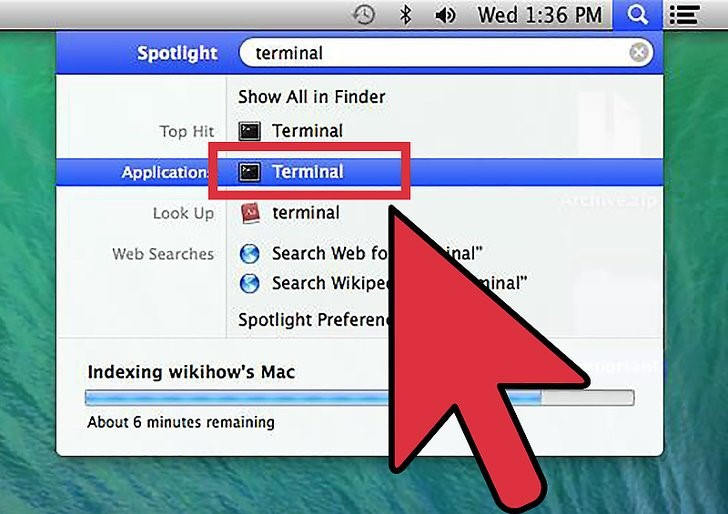Place the Files you wish to Zip within the folder. Select the Search Icon in the upper right corner. Search for the Terminal. Select Terminal. Enter zip -er NAMEOFZIPFILE.zip; Enter a space. Drag and Drop the Folder on the desktop into the terminal. Select Enter/Return. Enter a Password. Here’s how it works: zip -r -s 200M archive.zip myfiles/. This will create an archive of all files and subfolders in myfiles, creating a new file every 200MiB (about 10% more than 200MB). We can use K, G and T respectively (for KiB, GiB and TiB, all of which are 10% more than kilobyte, gigabyte and terabyte).
Since macOS is based on Unix there are a number of ways to compress files and folders within the filing system using Unix based application code, below are a few options using the Terminal or command line interface (cli). The default command line application interface in macOS is the Terminal and is stored in /Applications/Utilities.
File and folder compression saves on file size and ensures the contents are captured and delivered or stored as one monolithic file. A compressed file which contains files and folders is generally referred to as an archive. Crack sim city 3000 no cd. Here are some built-in compression applications you can use including zip, tar, gz, bz2, gz and dmg.
ZIP – Cross Platform
First up is ZIP one of the most commonly used compression techniques used across all platforms
To compress
To extract
If you want to make a zip without those invisible Mac resource files such as “_MACOSX” or “._Filename” and .ds store files, use the “-X” option in the command so:

TAR.GZ – Cross Platform
Second up is TAR, an old favorite on Unix/Linux – you add the GZ for the compression – compresses tighter than zip
To compress
To extract
TAR.BZ2 – Cross Platform
A variation on TAR GZ but with better compression than both tar.gz and zip.
To compress
To extract
GZ
Without the tar
To extract
DMG – macOS Only
This one is macOSnative only – for a GUI interface use /Applications/Utilities/Disk Utility – for command line use:
To create

To mount
Open Multiple Zip Files
To view
To Eject
You can also use a number of different formats for creating a .dmg

- UDZO – Compressed image (default)
- UDRO – Read-only image
- UDBZ – Better compressed image
- UDRW – Read/Write image
- UDTO – DVD disk image
Mac Terminal Zip Multiple Files Into A Single File
That’s the low down, the more common compression packages available will typically be covered in one of the above.